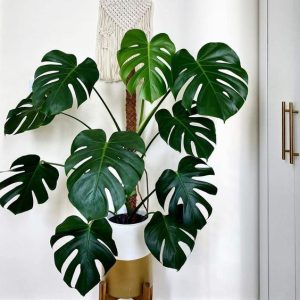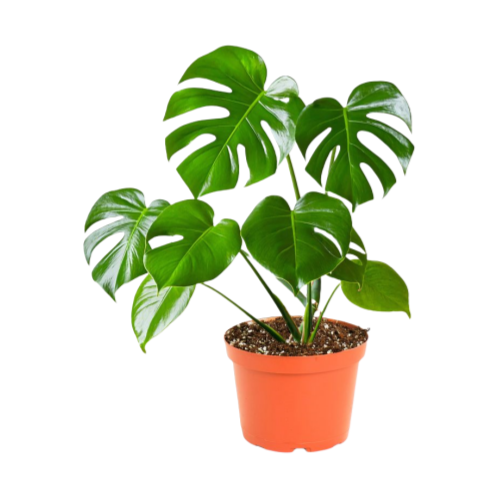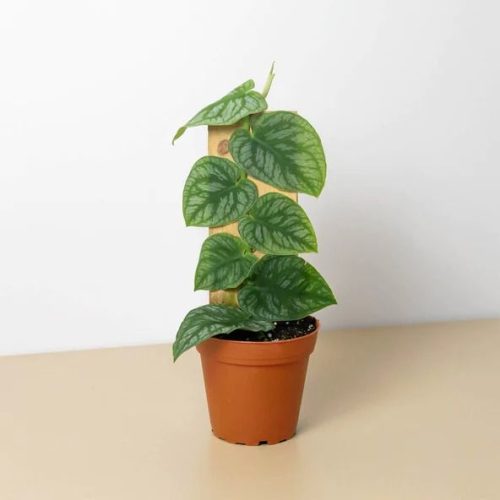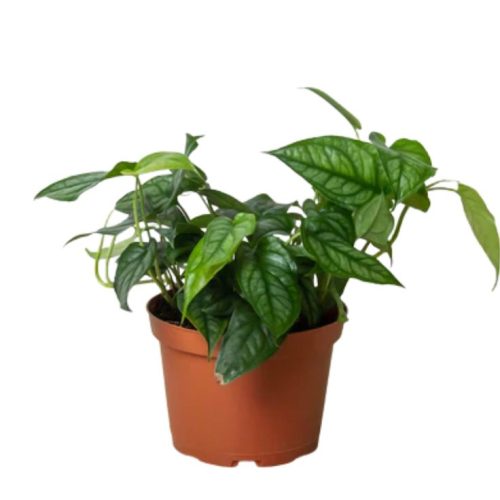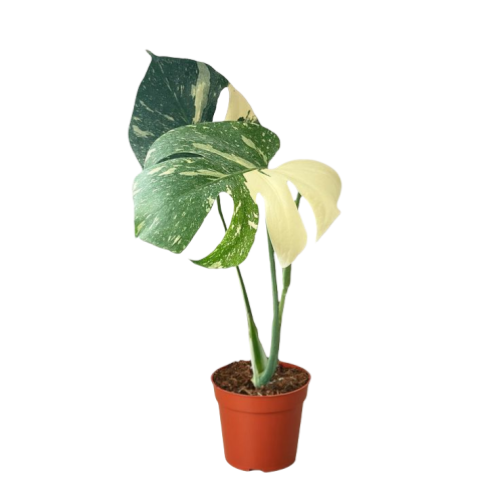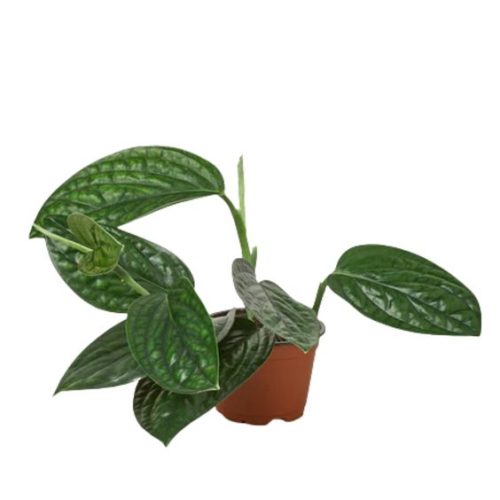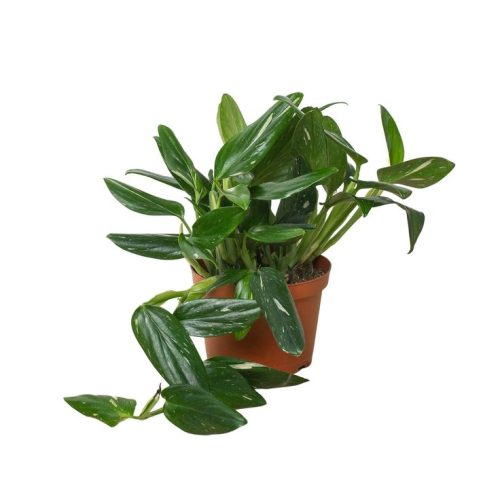Monstera Deliciosa
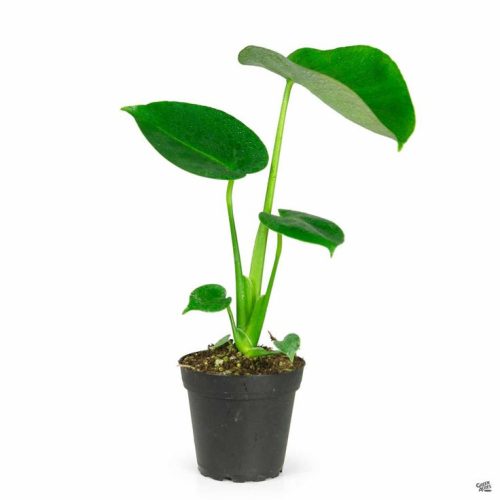
- Botanical Name: Monstera deliciosa Liebm
- Family Name: Araceae
- Stems: 2-5 Feet
- Temperature: 20℃~30℃
- Others: Warmth,moisture, tolerates shade, avoids direct sun and dryness.
Overview
Product Description
The Monstera Chronicles: Climbing High and Staying Cool in the Urban Jungle
The Jungle-Climbing, Temperature-Picky Deliciosa: A Tale of Origins and Quirks
Roots of the Swiss Cheese Plant
Monstera Deliciosa, commonly known as the Swiss Cheese Plant, originates from the tropical rainforests of Mexico. This unique climbing shrub has been widely introduced and cultivated in various tropical regions for its ornamental value.
Habitat and Growth Preferences
It thrives in warm and humid environments, characteristic of its tropical origins. It prefers partial to deep shade and is sensitive to direct sunlight, which can scorch its foliage. This plant is not cold-tolerant and is often grown in greenhouses in regions where frost is a concern. The ideal temperature range for Monstera Deliciosa is between 20-30°C, with growth ceasing below 15°C and the plant requiring protection at or above 5°C during winter.
Morphological Characteristics of Monstera Deliciosa
Leaf Features
The most distinctive feature of Monstera Deliciosa is its large, glossy leaves that can reach up to 30 inches (76 cm) in length and 24 inches (61 cm) in width. These leaves are characterized by their holed or perforated appearance, with natural fenestrations that create the “Swiss cheese” effect, leading to its common name. The leaves’ outer edges break down as the plant matures, resulting in the iconic look that is a hallmark of this species.
Stem and Texture
The stems of Monstera Deliciosa are woody and can grow quite lengthy, making it an ideal plant for training to climb or for use as a statement piece in larger spaces. The stems also function as aerial roots, beginning above ground and then扎根 into the soil or a support structure as the plant ages. The leaf surface is smooth and waxy, with a deep, rich green color that enhances the plant’s tropical appeal and robust texture.
Growth Pattern and Variation
As a climbing plant, Monstera Deliciosa naturally grows upwards and outwards, seeking support as it climbs, making it perfect for vertical gardens or as a focal point in a room where it can be allowed to trail or climb. There are several varieties of Monstera Deliciosa, with differences in the perforation of their leaves, and some even have entirely whole leaves. This variation in leaf shape and hole pattern adds to the diversity and interest of this plant species.
The Monstera Deliciosa: A Hole-y Grail of Indoor Greenery
Popularity and Aesthetics of Monstera Deliciosa
Monstera Deliciosa, commonly referred to as the Swiss Cheese Plant, is a tropical perennial that has captured the hearts of indoor gardening enthusiasts for its unique and dramatic foliage。 Its iconic leaves, which develop distinctive holes and splits as they mature, resembling Swiss cheese, contribute to its common name and aesthetic appeal。 The plant’s large, glossy, heart-shaped leaves with natural fenestrations have made it a popular choice for both indoor and outdoor gardening, bringing a touch of the tropics to any space。
Versatility in Settings
The Monstera Deliciosa is not just admired for its looks but also for its versatility. It thrives in bright, indirect light, making it a perfect fit for various indoor settings, from living rooms to offices。 Its air-purifying qualities and visual appeal make it a popular indoor plant, enhancing the aesthetics of any space while also contributing to a healthier indoor environment。 Outdoors, in tropical or subtropical climates, it can be used in landscaping for vertical greening, showcasing its climbing nature and reaching impressive heights with proper support。
Appreciation and Care
Monstera Deliciosa is celebrated for its hardiness in warm, humid conditions, and it has even received the prestigious Award of Garden Merit from the Royal Horticultural Society。 This recognition, along with its relatively straightforward care requirements, adds to its appeal among gardeners. It prefers slightly acidic to neutral pH soil and evenly moist but not soggy conditions。 The plant’s needs for proper light, soil, water, temperature, and humidity are well within the reach of most indoor gardeners, making it a popular and manageable choice for enhancing indoor spaces with a touch of the exotic。





